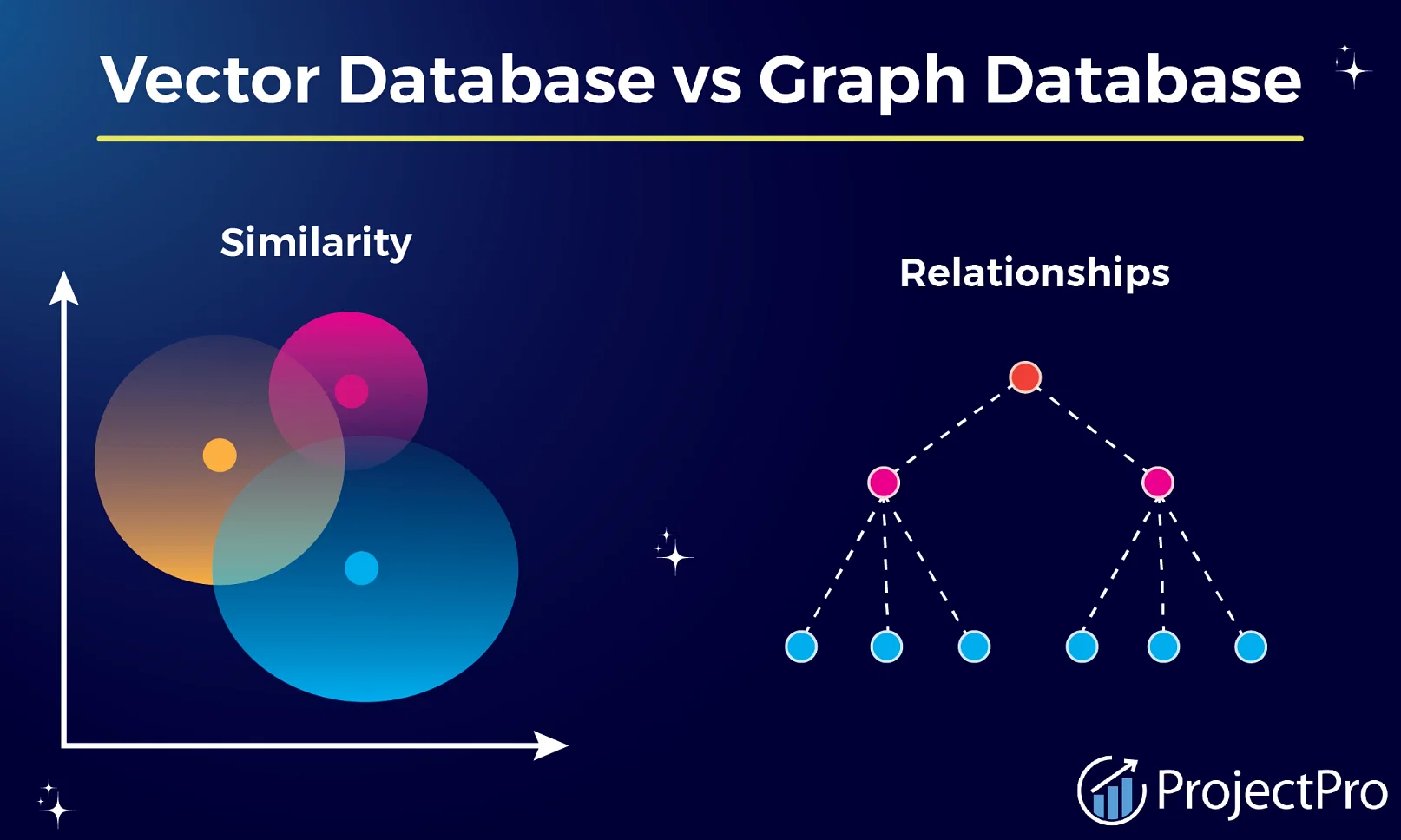Welcome to the Graph Database Guidebook 2.0, your compass for navigating the complexities of advanced graph databases. In this digital era, where relationships are paramount, leveraging the full potential of graph databases is a game-changer. Let’s explore quick tips to navigate and harness the capabilities of these dynamic data storage solutions.
1. Understand the Graph Database Landscape: Mapping Your Data Universe ️
Before diving in, gain a solid understanding of the graph database landscape. Recognize the different types of graph databases, such as property graphs and RDF graphs. Map out your data universe, identifying key entities and relationships. Understanding the fundamentals is crucial for choosing the right graph database for your specific needs.
2. Model Your Data Effectively: Designing Graph Schemas for Success
Efficient data modeling is the cornerstone of successful graph database implementations. Design your graph schemas thoughtfully, considering the nature of your data and the relationships between entities. Leverage nodes and edges effectively to represent entities and connections. A well-crafted graph schema ensures optimal performance and query efficiency.
3. Embrace Query Languages: Speaking the Language of Graphs ️
Mastering query languages specific to graph databases is key to unlocking their potential. Whether it’s Cypher, Gremlin, or SPARQL, familiarize yourself with the syntax and capabilities of these languages. Embracing the language of graphs empowers you to retrieve and manipulate data with precision, unleashing the full querying power of graph databases.
4. Leverage Indexing Strategies: Navigating the Data Maze
Navigate the data maze efficiently by implementing effective indexing strategies. Indexing plays a pivotal role in optimizing query performance. Understand the indexing options offered by your graph database and apply them judiciously. Proper indexing ensures that your queries traverse the graph swiftly, enhancing overall database responsiveness.
5. Implement Scalability Best Practices: Growing Your Graph Ecosystem
As your data ecosystem evolves, scalability becomes paramount. Implement best practices for scalability to accommodate the growth of your graph database. This includes sharding, replication, and clustering strategies. Scalable graph databases ensure that your system can handle increasing volumes of data and growing user demands.
6. Embrace Graph Analytics: Extracting Insights from Connected Data
Unlock the potential of connected data by embracing graph analytics. Leverage algorithms and analytics tools specific to graph databases to extract valuable insights. Identify patterns, discover hidden relationships, and gain a deeper understanding of your data. Graph analytics is the key to deriving actionable intelligence from complex interconnected datasets.
7. Ensure Data Security: Safeguarding Your Graph Treasure ️
As you navigate the advanced terrain of graph databases, prioritize data security. Implement robust authentication and authorization mechanisms to safeguard your graph treasure. Ensure that sensitive data is encrypted and access controls are in place. A secure graph database is fundamental to maintaining the integrity and confidentiality of your data.
Conclusion: Navigating the Graph Database Seas with Confidence
Armed with these quick tips, you’re now equipped to navigate the seas of advanced graph databases with confidence. Embrace the interconnected nature of your data, model it effectively, and leverage the power of graph analytics. Whether you’re a seasoned graph explorer or a newcomer, this guidebook empowers you to harness the full potential of advanced graph databases for a data-driven future.








